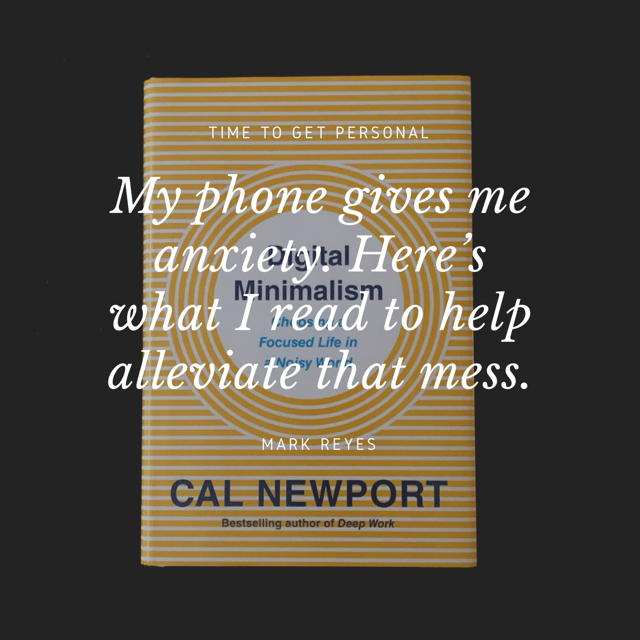Introduction
WordPress in easy steps by Darryl Bartlett, is a book which saved me when I was tasked with maintaining my company’s WordPress website. At last pass, the website was officially on PHP 7. Whereas my last freelance project used PHP 4.
Yikes 😶 .
I needed an insurance policy and I found this book to be a saving grace in helping me survive the modern day WordPress ecosystem.

Summary
The contents of this book are broken down into 11 condensed topics including: “Introduction to WordPress”, “Dashboard & Users”, “Appearance & Themes”, “Creating Content”,”Plugins”, “Creating an Online Store”, “Settings & Tools”, “SEO & Social Media”, “User Interaction”, “Tips & Tricks” and “Advanced WordPress”.
All chapters are condensed, straight to the point and are thoughtfully written. It’s not a complex read at all and each topic is fully supported with clear illustrations.
What’s Important
In order to thrive, you first must survive. And in my opinion out of all of the topics discussed you’ll want to focus on these 5 chapters first:
Dashboard & Users
You’re going to need to know the sidebar and the dashboard as a whole once logged in. The advice here breaks down the out of box WordPress sidebar and its available menu options. Find your way through the dashboard quickly and learn to add users to give them specific roles. Heads up, the more involved your WordPress development is (namely adding more plugins), the probability of your sidebar and dashboard becoming bloated would be high.
Appearance & Themes
Augmenting the look of your website will mean hitting the installed theme of your WordPress site. Here you’ll get the basics of what a theme is, how to install, upload and edit them.
Creating Content
Part of the grunt work will simply be adding or editing your site content. In this chapter, you’ll learn to distinguish between posts and pages and learn how to add text, images, video and audio.
Plugins
Most complex problems you encounter can most likely be solved in two ways: you code your way into solving the issue or you download a plugin from the open source community. Learn how to find, install, update and even edit a plugin. In my opinion, plugins are both a gift and a curse but you’re going to have to understand them, regardless. That said, I do not recommend you edit a plugin ever. That may break any licensing terms or cause undesirable side effects. Put that responsibility on the developer that built that plugin. Write a support ticket or contact them directly.
Settings & Tools
Learn the underpinnings of your WordPress ecosystem. Toggle each of the core settings and observe what they do. As important as it is to create a cool experience on the front-end, you’ll need to know what buttons to push behind the scenes to keep the entire house in order.
Conclusion
I strongly believe you could read this entire book in one focused hour. This book is a great utility to keep in arms reach when you need to quickly learn the outs of your WordPress environment. This isn’t a book to teach you WordPress on an academic level. It’s a book designed to keep the plane that’s already flying to still be at altitude.
If you’re looking to be immersed in the technical how-tos I’d recommend starting off with the source itself, WordPress.org. To add a bit of flavor, opinion and friendly guidance, follow Chris Coyier and CSS Tricks.
This post may contain affiliate links. Should you make a purchase by clicking on any of the links, I may earn a commission at no extra cost to you. Read my full affiliate disclosure here.
